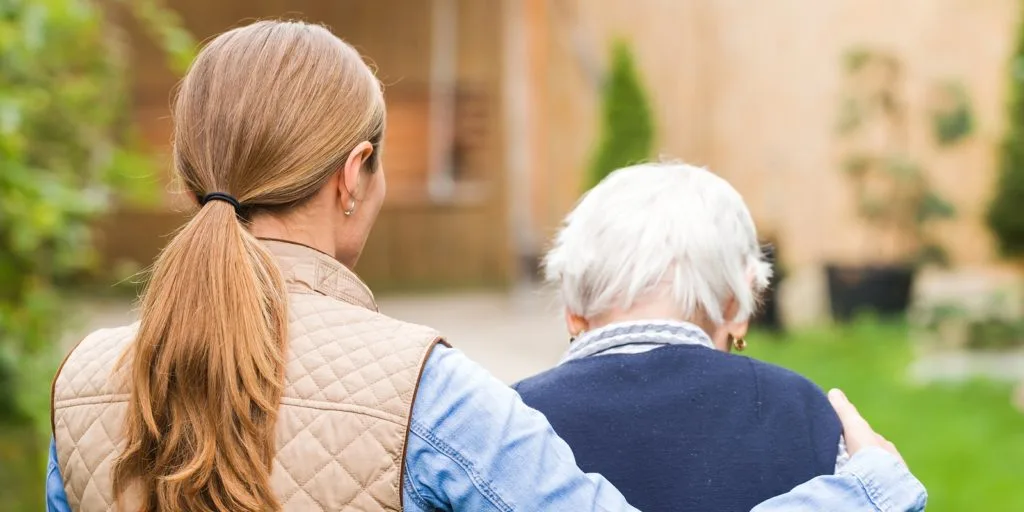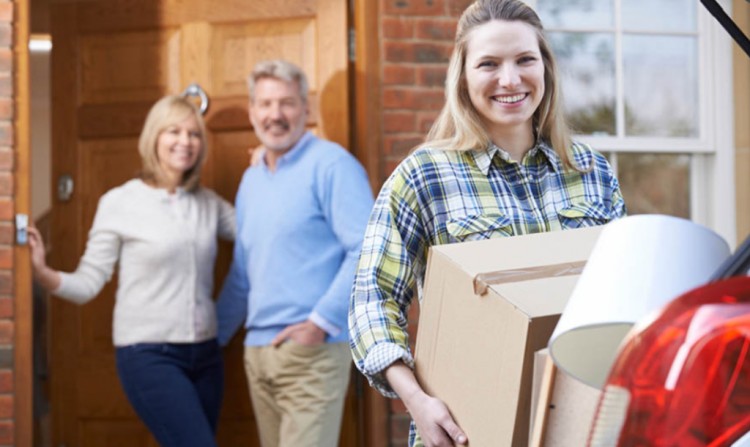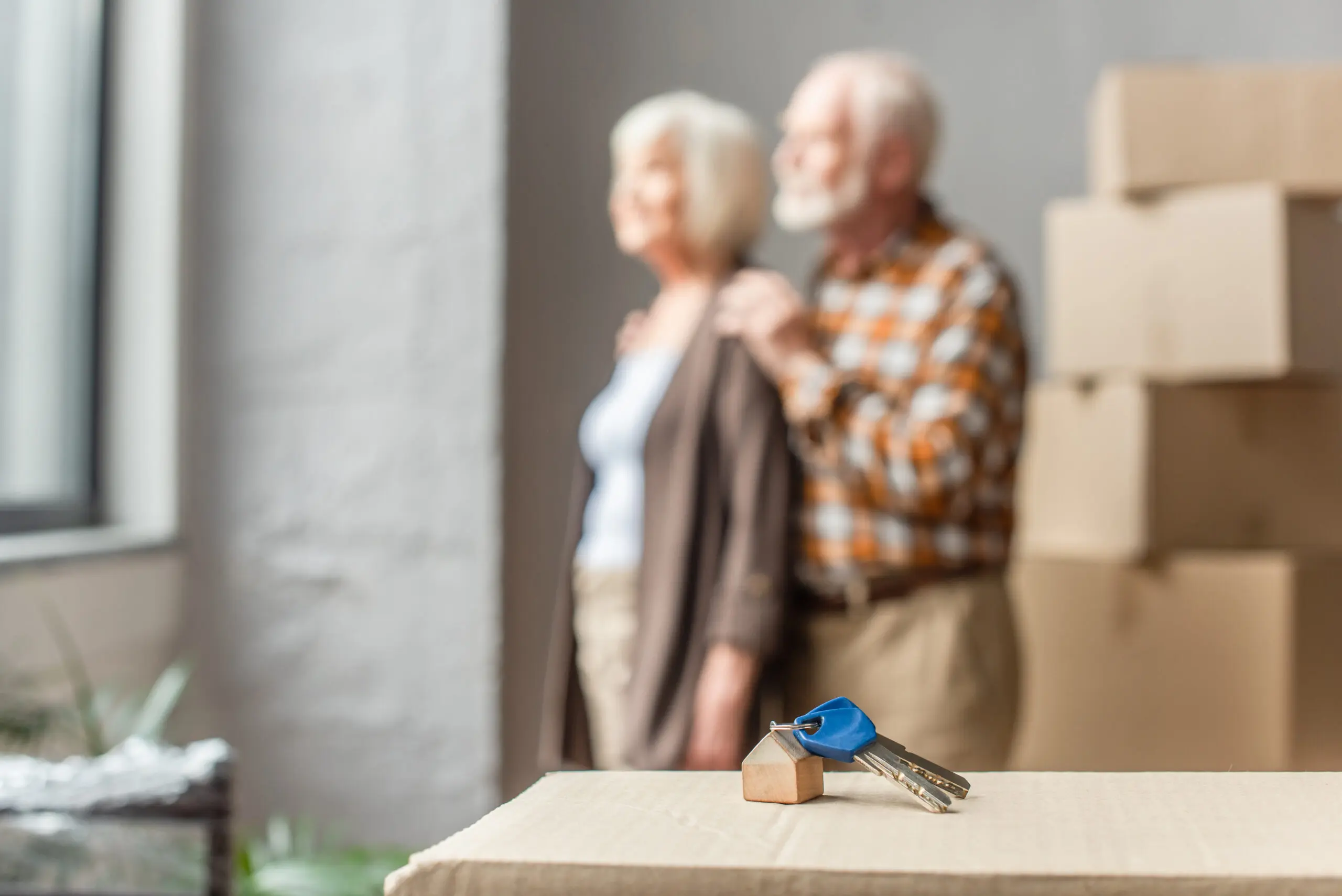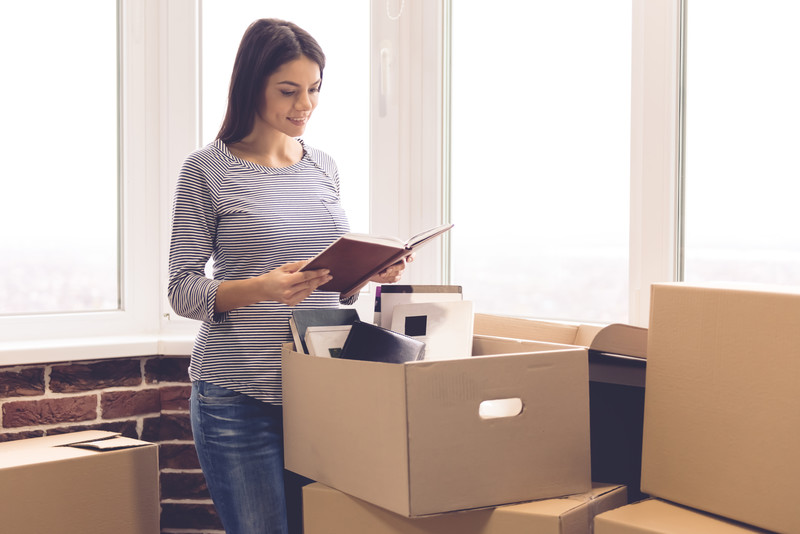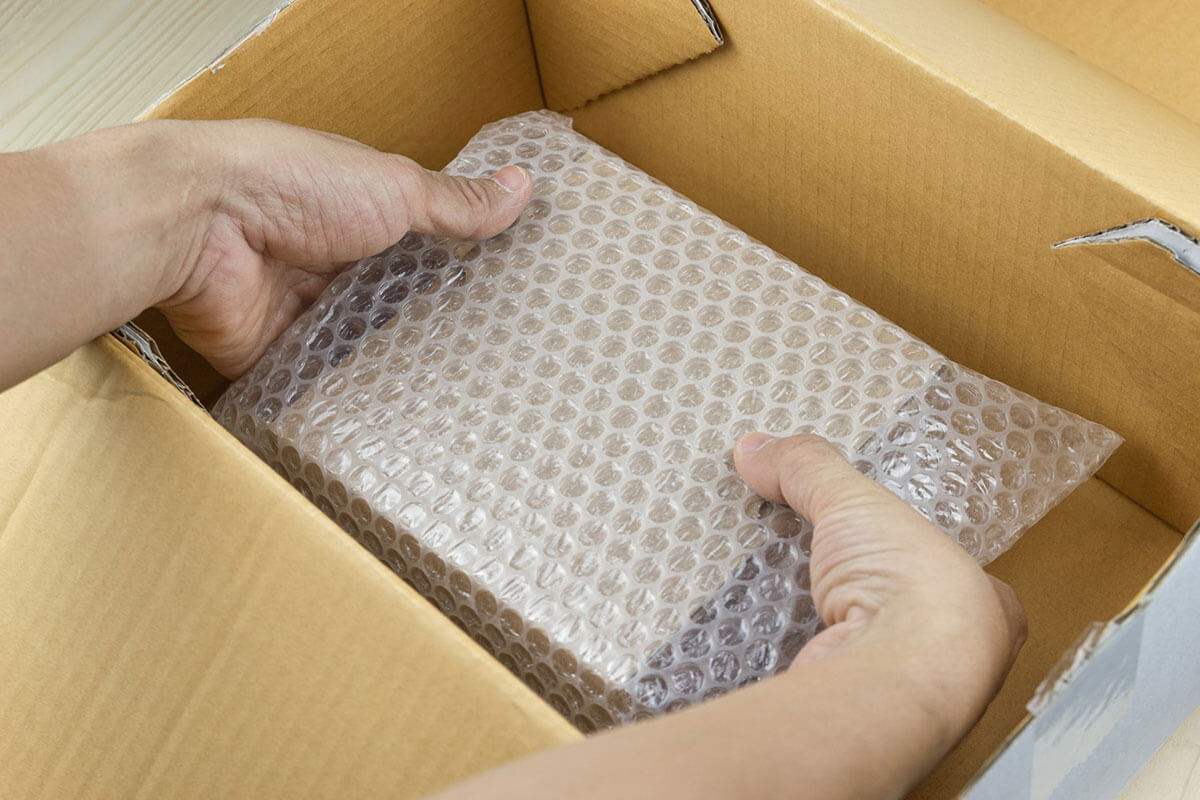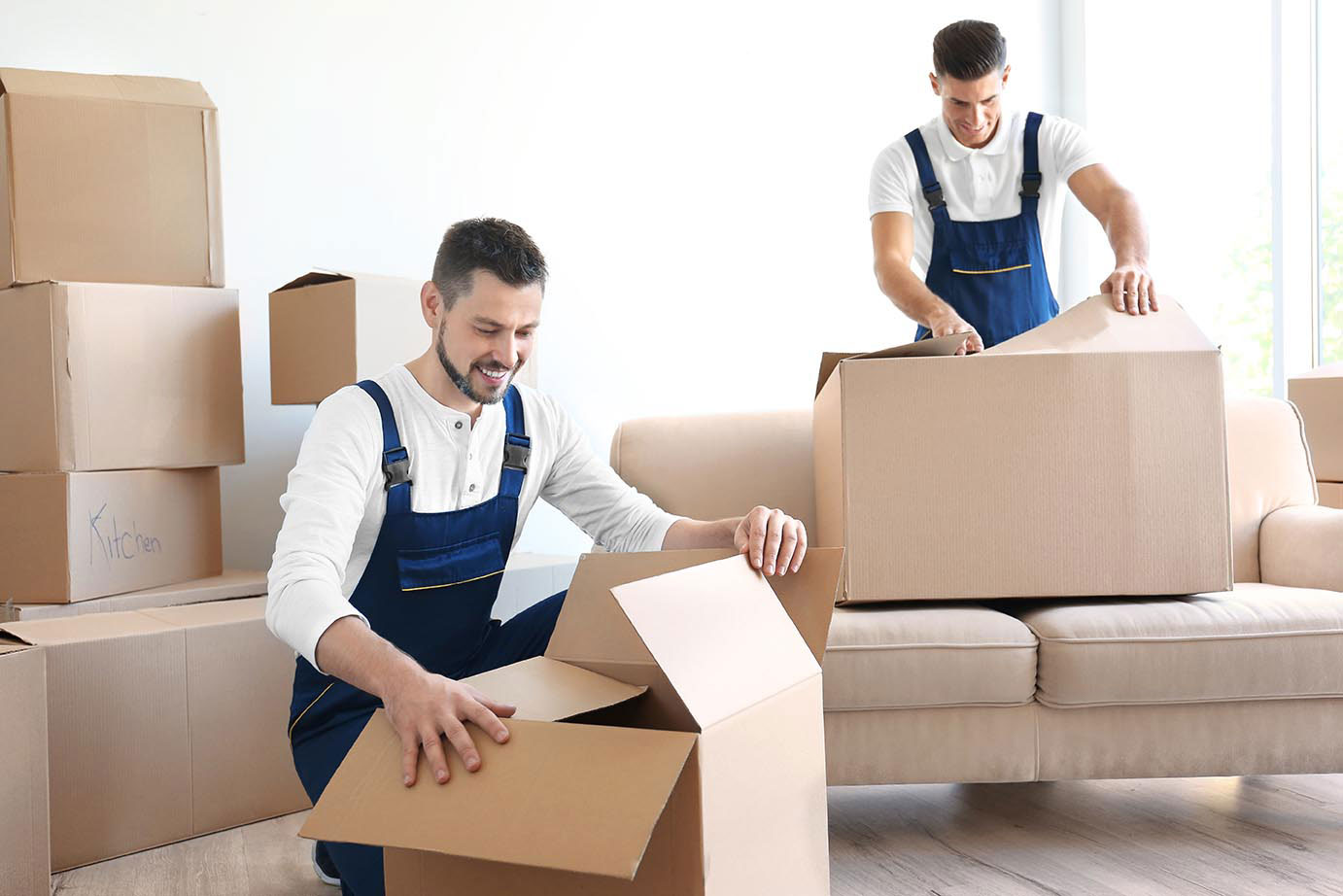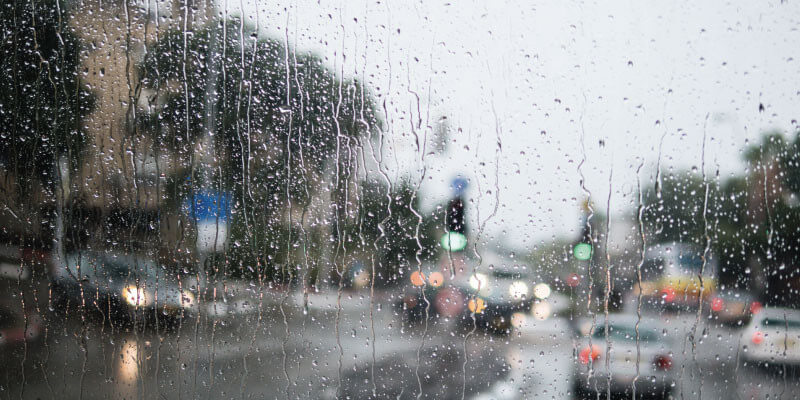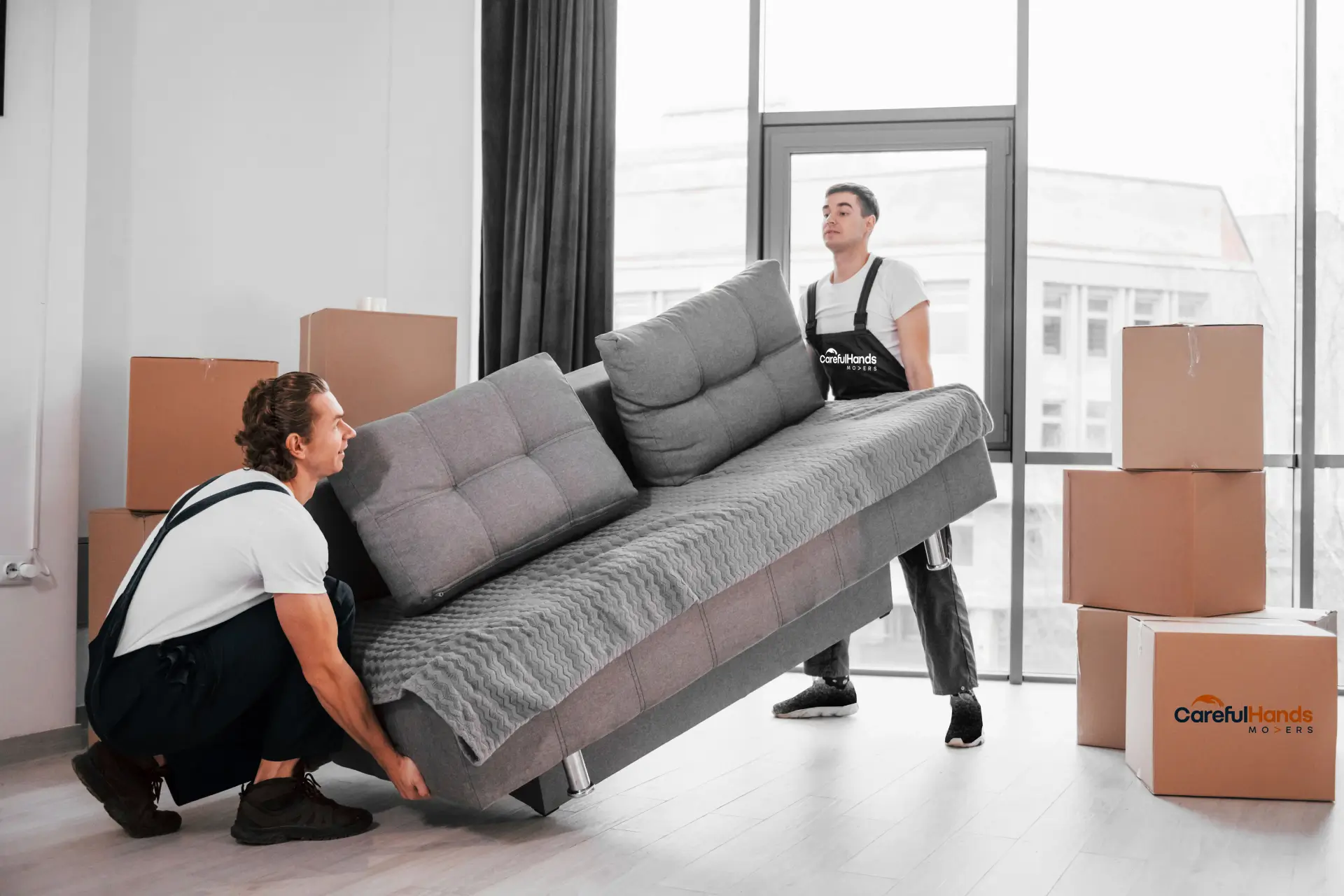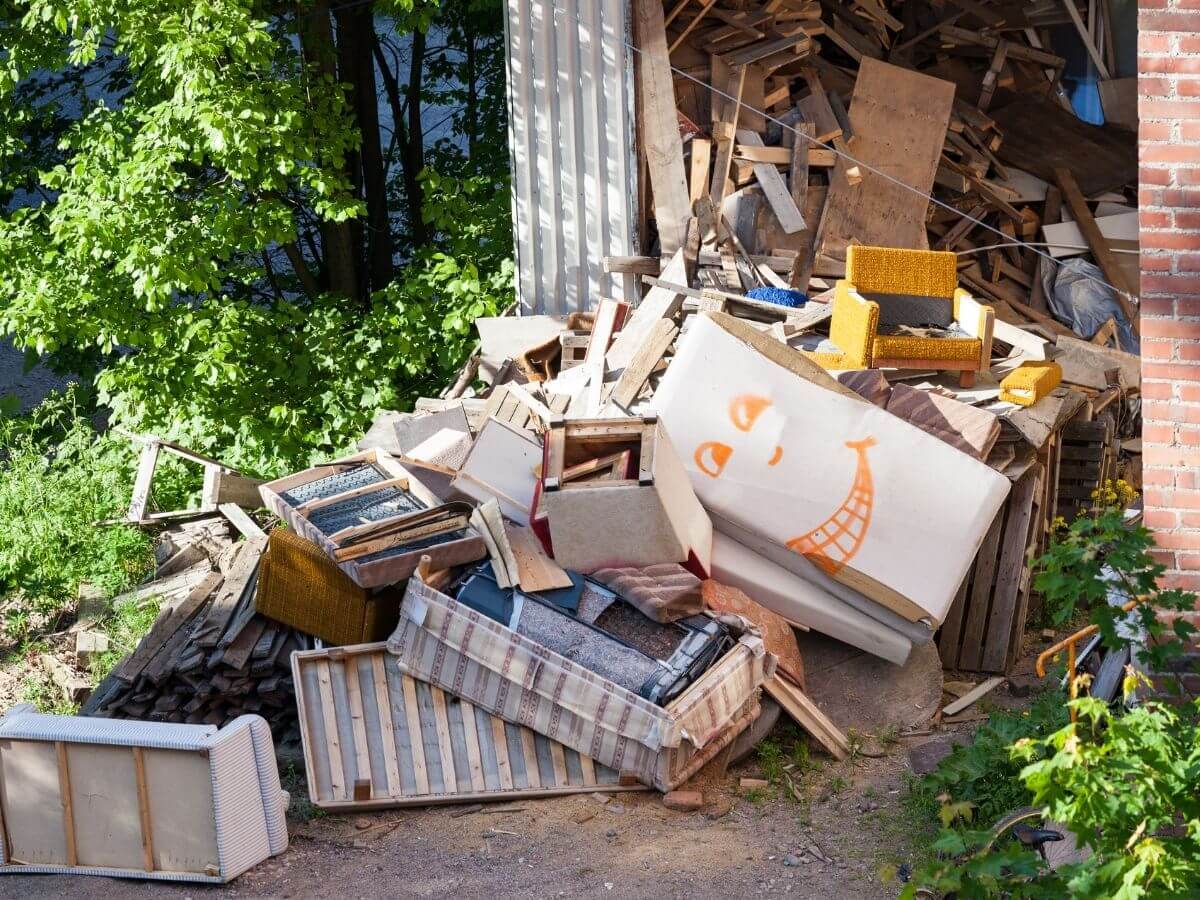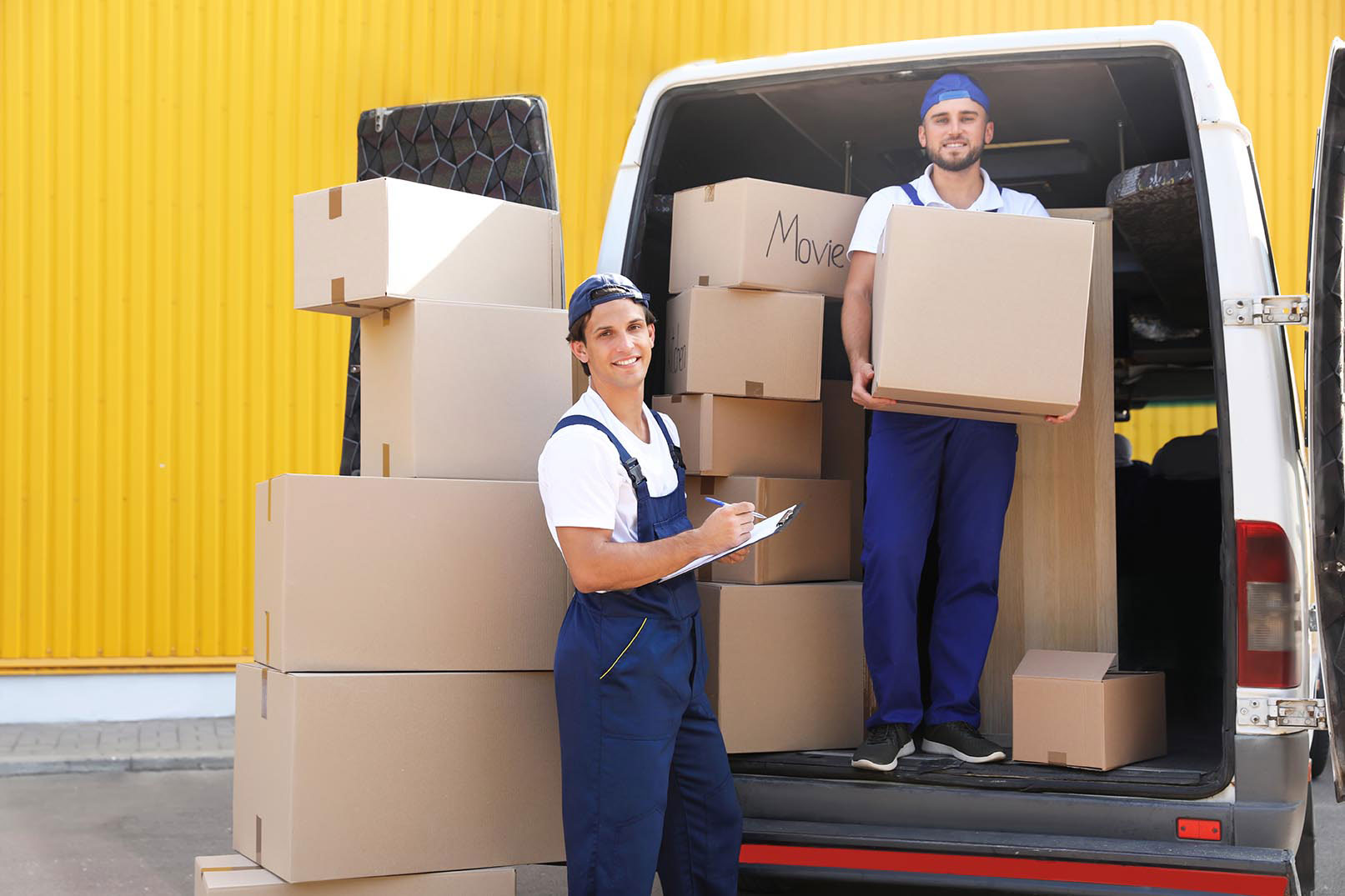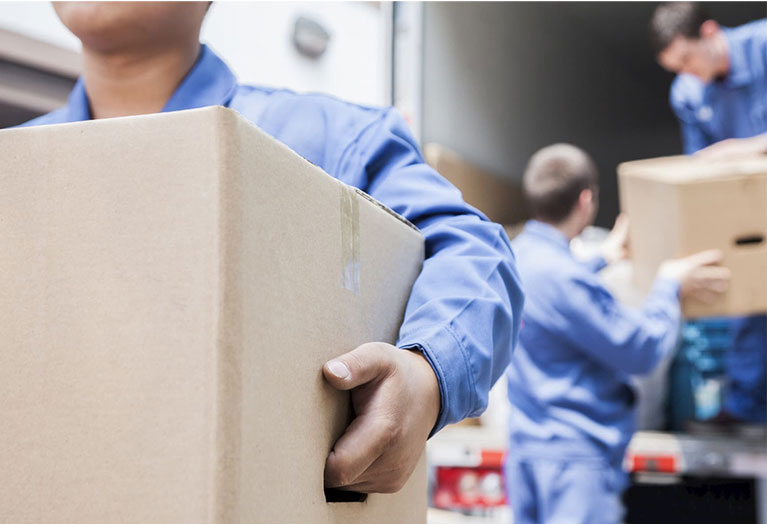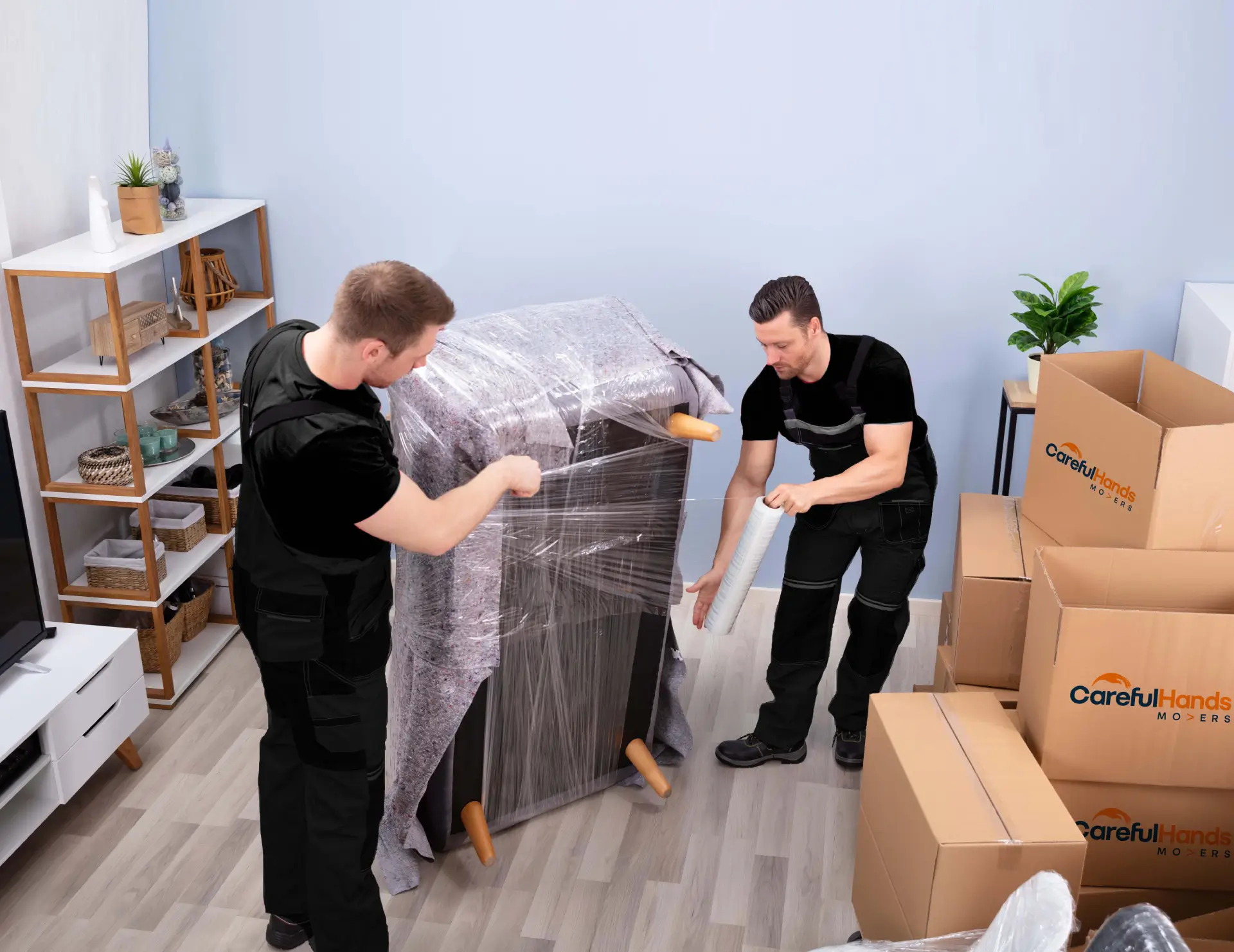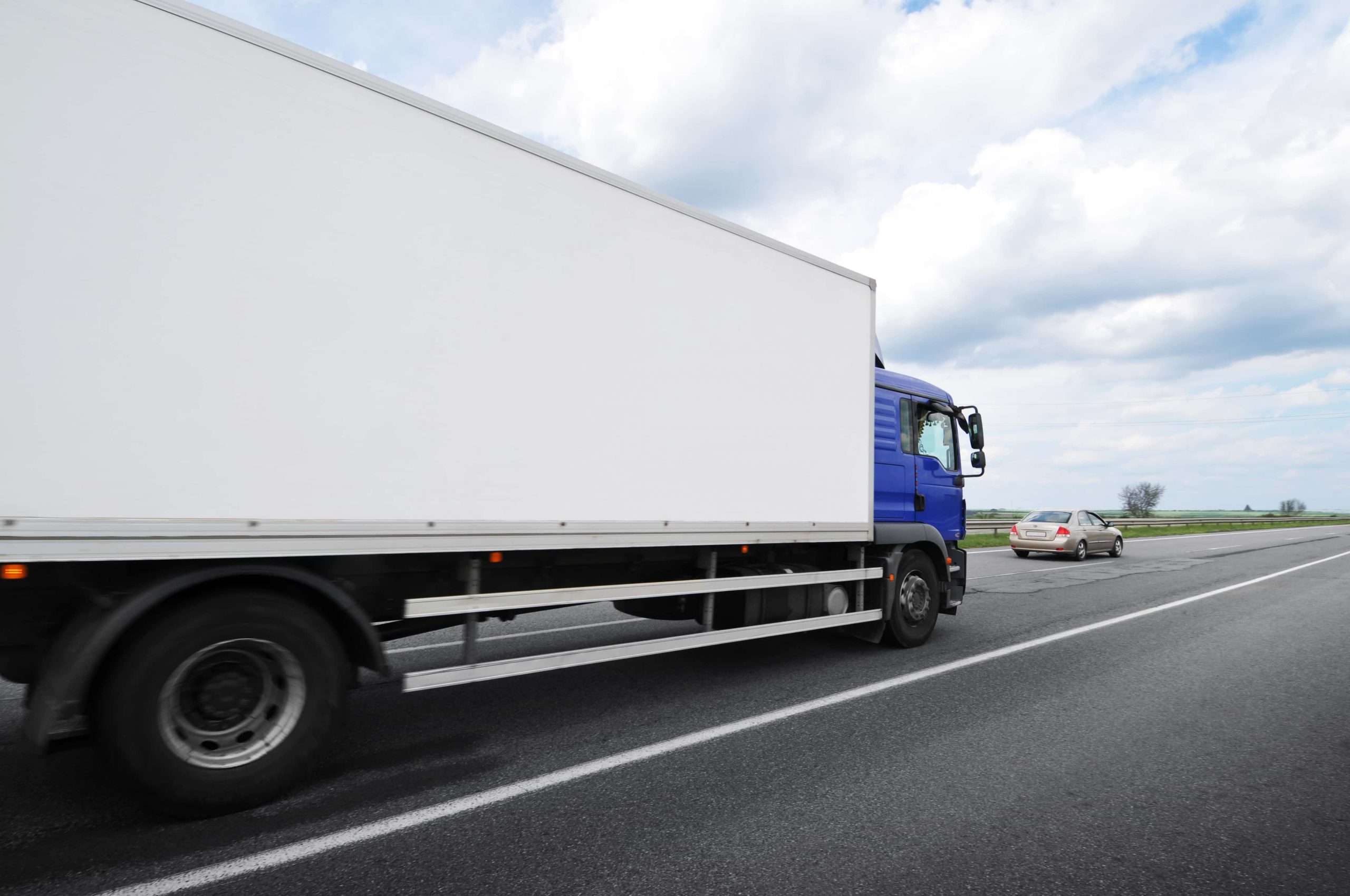Making Your New Home Elderly-Proof
As our loved ones grow older, they may face challenges in their day-to-day lives. One of the most significant challenges is navigating a new home that may not be designed for their needs.
After you’ve settled in your new home with your elderly family member, there are several steps you can take to ensure their safety and comfort. Making a new home elderly-proof can go a long way in ensuring their comfort, safety, and independence.
Here are some tips to consider when making your new home senior-proof:
Install grab bars in bathrooms
One of the most critical safety features in a bathroom for the elderly is the installation of grab bars. These bars can provide support and stability when getting in and out of the shower or using the toilet. Ensure that these bars are securely attached to the wall and can withstand the weight of your loved one.
Invest in non-slip flooring
Slippery floors can be a significant hazard for the elderly. Consider investing in non-slip flooring options such as tiles with a textured surface or non-slip mats and rugs.
Create a bedroom on the ground floor
As we age, stairs can become challenging to navigate. Consider creating a bedroom on the ground floor to make it easier for your loved one to access their bedroom and avoid using the stairs. You can plan for this space to include features such as adjustable beds and nightlights to make the sleep environment safer and more comfortable.
Check for adequate lighting
Make sure your new home has adequate lighting throughout. Installing light switches that are easy to reach and easily seen in the dark. Also, consider investing in motion sensor lights or nightlights for hallways and staircases. This will ensure your loved one can move around safely without worrying about bumping into furniture or tripping and falling.
Install handrails on stairs
If you have stairs in your home, installing handrails on both sides is essential. Handrails can provide additional support and stability, making it safer for your loved one to navigate the stairs.
Consider a walk-in bathtub or shower
Traditional bathtubs and showers can be difficult for the elderly to use safely. Consider installing a walk-in bathtub or shower with a built-in seat. This can make bathing more comfortable and safer for your loved one.
Install remote-controlled appliances
Appliances such as lights, thermostats, and blinds can be complicated for the elderly. Consider installing remote-controlled devices that can be easily operated from a remote control or smartphone. This can increase their independence and make their life easier.
Ensure that doorways are wide enough
As we age, mobility can become a challenge. Ensure that doorways are wide enough to accommodate walkers or wheelchairs. If necessary, consider widening doorways to make it easier for your loved one to move around their home. You can consult a professional to ensure the job is done safely and correctly.
Remove tripping hazards
Tripping hazards such as loose rugs or cluttered walkways can harm the elderly. Ensure that all walkways are clear and free of any tripping hazards. Other tripping hazards include cords, frayed carpets, and furniture.
Consider a home alarm system
An alarm system can provide your loved one security and peace of mind. Consider investing in a home alarm system that can be easily operated by the elderly and has emergency response capabilities. You can ask help from a professional to install the system correctly.
Making a new home elderly-proof can go a long way in ensuring your loved one’s comfort, safety, and independence. By implementing these tips, you can create a safe and comfortable living environment for your loved one to age in place.
What dangers does a house pose to an older adult?
A house can pose several dangers to an older person, especially if the home is not designed with their specific needs. Here are some of the potential risks that a house can pose to an elderly person:
- Falls: Falls are a leading cause of injury among the elderly even those who are not classified as a fall risk. Stairs, uneven flooring, cluttered walkways, and poor lighting are all fall risks and should be considered when senior-proofing a house.
- Burns: Hot water, stovetops, and heaters can all pose a burn risk for elderly parent. Reduced sensation and slower reaction times can make it harder for many seniors to avoid burns.
- Poisoning: Elderly parents may be more vulnerable to poisoning due to changes in their metabolism and medication use. Household cleaners, medications, and carbon monoxide from gas appliances can all pose a risk to older adults. It would be best to add carbon monoxide detectors to increase safety inside a senior’s home.
- Electrical hazards: Electrical cords, outlets, and appliances can all pose a risk of electrocution or fire. An aging parent may be more vulnerable to electrical hazards due to reduced coordination or cognitive decline.
- Inadequate heating or cooling: Extreme temperatures can be dangerous for the elderly, especially if they have underlying health conditions. Insufficient heating or cooling can increase the risk of hypothermia or heat stroke. So its best to have a medical alert system for older adults.
- Inaccessible bathrooms: Bathrooms can be challenging for the elderly to navigate. Slippery floors, high bathtubs, and inadequate support can all pose a risk of falls.
- Poor lighting: Poor lighting can make it difficult for the elderly to see potential hazards and navigate their home safely. Add night lights to help light their way in the dark.
- Inaccessible spaces: Elderly people with mobility issues may have difficulty accessing areas of their homes, such as upstairs bedrooms or basements. Help them gain access to the areas in the house that your baby boomers use the most.
A house can pose several potential dangers to an elderly person. Identifying and addressing these hazards is important to create a safe and comfortable living environment for the elderly. Modifying the home and implementing safety measures can help reduce the risk of accidents and injuries.
What are the difficulties faced by the elderly at home?
Senior citizens may face several difficulties at home, from increased safety risks to mobility issues. Common challenges faced by the elderly include:
- Mobility: The elderly often experience reduced strength, balance, and coordination. This can make it difficult for them to move around their home or complete everyday tasks.
- Falls: Falls are a leading cause of injury among the elderly. Poor lighting, cluttered walkways, and stairs can all increase the risk of falls.
- Isolation: Elderly people may be at a higher risk for social isolation due to physical limitations or reduced mobility. This can lead to depression and other mental health issues.
- Unfamiliarity with technology: Many elderly people are unfamiliar with modern technology, such as computers, smartphones, and medical devices.
- Inadequate nutrition: Poor diet and reduced mobility can lead to insufficient food. This can cause a range of health issues for elderly people.
The elderly face several unique challenges when it comes to living at home. It is important to identify these difficulties and take steps to ensure the safety and well-being of your loved one. With proper planning, you can create a safe and comfortable environment for the elderly to live in.
There are many ways to address these issues, from home modifications to caregiver assistance. By understanding the challenges faced by elderly people, you can take steps to make their living environment more secure and comfortable. By providing the elderly with a safe and supportive home environment, you can help ensure their safety and well-being.
How to Help the Elderly Settle into the New House
Moving into a new home can be daunting for seniors, both physically and emotionally. That’s why ensuring their transition is as smooth as possible is essential. Here are a few tips on how to help the elderly settle in:
Start with organizing the basics first.
The elderly members of your family need the basics first—fresh bedding, clean clothes, and a safe space to relax. Organize the essentials before decorating or organizing furniture, making their lives easier immediately.
Help them become familiar with their new environment.
This may include a walk around the neighbourhood, introducing them to local stores and services that they may need to use. You can also assist them in becoming familiar with the new home, such as showing them where to find light switches and outlets, helping set up appliances, or how to turn on the heating and cooling system.
Provide a sense of security
Elders often feel more secure when surrounded by their familiar belongings. Help them bring in their favourite furniture pieces, family photos, and other items that will make them feel more at home.
Be a listening ear
Let the elderly members of your family talk through any concerns or worries they may have about their new home. Be there for them so that they feel supported and more at ease. Above all else, seniors may need someone to listen to them as they adjust to their new surroundings.
Following these tips, you can ensure your elderly family members are comfortable and safe as they settle into their new homes. The transition will be much easier for everyone involved with a little patience and understanding.
How to Make Moving Kinder to the Elderly?
Reputable and experienced removalists like Careful Hands Movers can make a big difference in elderly moving. They can provide the necessary support and expertise needed. Here are some tips for making moving kinder to the elderly:
Ensure their safety
Safety should be your top priority when moving with the elderly. Ensure that no sharp edges, stairs, or other hazardous areas could lead to slips and falls. Also, ensure that the home is equipped with handrails or grab bars to make it easier for them to get around.
Check the weather conditions
The season or time of year during which you decide to move greatly impacts the elderly’s health and safety. If the weather conditions are too cold or hot, it can be difficult for them to do any physical activity. Therefore, make sure you check the forecast before making a final decision about when to move.
Help pack up their things
The elderly may find it difficult to lift and move heavy items. Assist them by helping pack their things into boxes and clearly label each for easier unpacking.
Take extra breaks
It’s essential to allow the elderly members of your family to take plenty of breaks during the moving process. This will help reduce stress and frustration and provide them with enough rest so they don’t get too tired.
By following these tips, you can make sure the elderly are comfortable and safe throughout the entire moving process. With the help of experienced professionals like Careful Hands Movers, seniors can enjoy a smooth and stress-free move.
Conclusion
Overall, helping your elderly loved ones settle into their new home can often be a difficult task. To make the process easier, it’s important to consider their safety and comfort by organizing the basics first, helping them become familiar with their new environment, providing a sense of security, and being there to listen to any concerns or worries they may have about the move.
Hiring reputable removalists like Careful Hands Movers can make the process smoother and less stressful. With a little patience and understanding, you can ensure that your elderly family members have a safe and pleasant transition into their new home.
Related Moving Tips

What Areas Should You Clean Before Moving In to a New House?
Moving to a new house comes with a lot of challenges and difficulties. The last thing you want is to move in only to find that your new home is dirty and needs a good cleaning. To make sure your move-in day is stress-free and comfortable, there are a few areas of your new house that you should clean before you unpack.
View ArticleOur Removalist Services
- Removalists Sydney
- Removalists Melbourne
- Removalists Melbourne to Sydney
- Removalists Sydney to Melbourne
- Removalists Melbourne to Adelaide
- Removalists Adelaide to Melbourne
- Removalists Melbourne to Canberra
- Removalists Canberra to Melbourne
- Removalists Melbourne to Brisbane
- Removalists Brisbane to Melbourne

